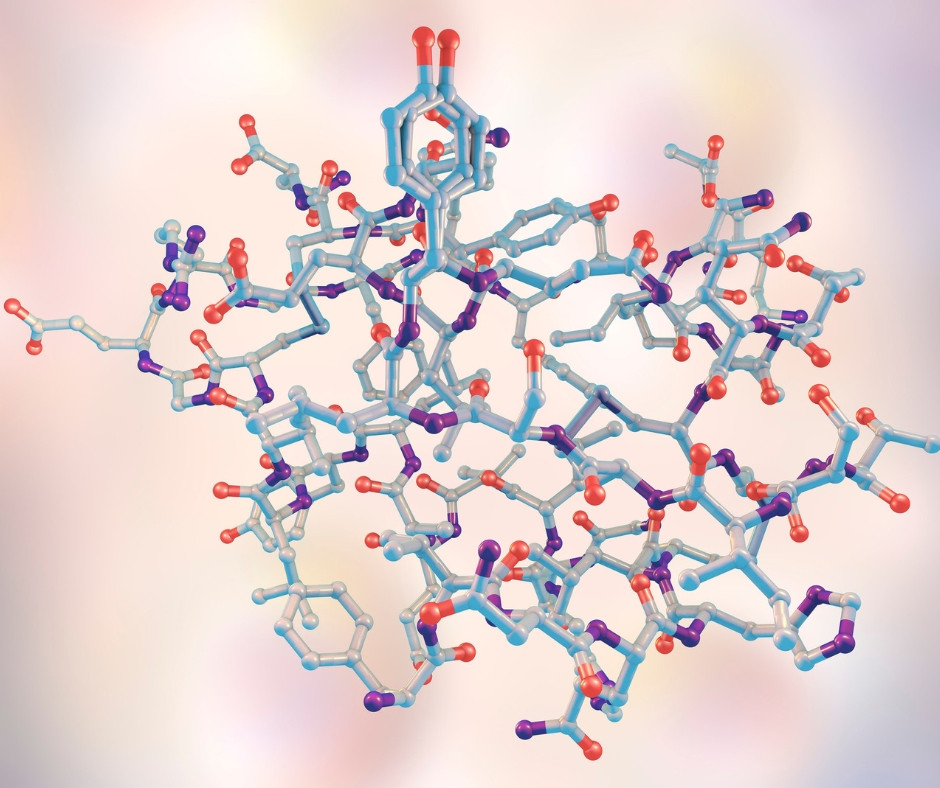
Cause of various hereditary diseases discovered through the 'Human Domainome'

Un equipo investigador del Centro de Regulación Genómica (CRG) en Barcelona y del BGI en Shenzhen (China) ha publicado recientemente un trabajo en la revista Nature en el que emplean la técnica "mutagénesis dirigida al sitio" para analizar 522 dominios proteicos. Los dominios son zonas específicas de las proteínas que desempeñan un papel esencial en su función. Realizando pequeños cambios en estos dominios a través de la técnica mencionada, el equipo vio que muchas de estas alteraciones afectaban al comportamiento normal de las proteínas. Analizaron un total de 621 mutaciones de cambio de sentido, aquellas que sustituyen a un aminoácido por otro en la secuencia de una proteína, y vieron que tres de cada cinco (61%) causaron una disminución en la estabilidad de las proteínas. Las proteínas inestables son más propensas a plegarse incorrectamente y degradarse, lo que provoca que dejen de funcionar o se acumulen en cantidades tóxicas dentro de las células.
A research team from the Center for Genomic Regulation (CRG) in Barcelona and BGI in Shenzhen (China) recently published a study in Nature where they used a technique called "site-saturation mutagenesis" to analyse 522 protein domains. Protein domains are specific protein regions that play a crucial role in their function. By making small changes to these domains using the technique, the team found that many of these alterations impacted the behaviour of the proteins. They analysed 621 missense mutations, those that replace one amino acid with another in a protein’s sequence, and discovered that three out of five (61%) caused a decrease in the protein's stability. Unstable proteins are more likely to fold incorrectly and break down, which can lead to malfunction or toxic accumulation within cells.
Protein instability causes various genetic diseases.
The study closely examined several mutations, including those affecting beta-gamma crystallins, proteins essential for maintaining the clarity of the lens in the human eye. The results revealed that 72% (13 out of 18) of the mutations linked to cataract formation destabilise beta-gamma crystallins, making them more likely to clump together and form opaque areas in the lens.
The study also confirmed the link between protein instability and the development of myopathy with reduction bodies, a rare disease that causes muscle weakness and wasting, as well as Hay-Wells syndrome.
The Human 'Domainome' as a research tool
This study is directly connected to the concept of the Human Proteome, which refers to the full set of proteins made by our genes. Beyond the Proteome, the 'Dominiome' refers to all the protein domains in the human body.
Although the database used in this study - Human Dominiome 1 - is 4.5 times larger than any previous collections, it only includes 2.5% of the known human proteins. Expanding this catalogue is crucial to understanding the exact role that mutations causing disease play through protein instability.
In summary, this study marks an important step forward in mapping and understanding the Human Proteome (and Dominiome), potentially leading to major advances in treating various diseases.
*Source: El ‘Dominioma Humano’ explica la causa de varias enfermedades hereditarias
